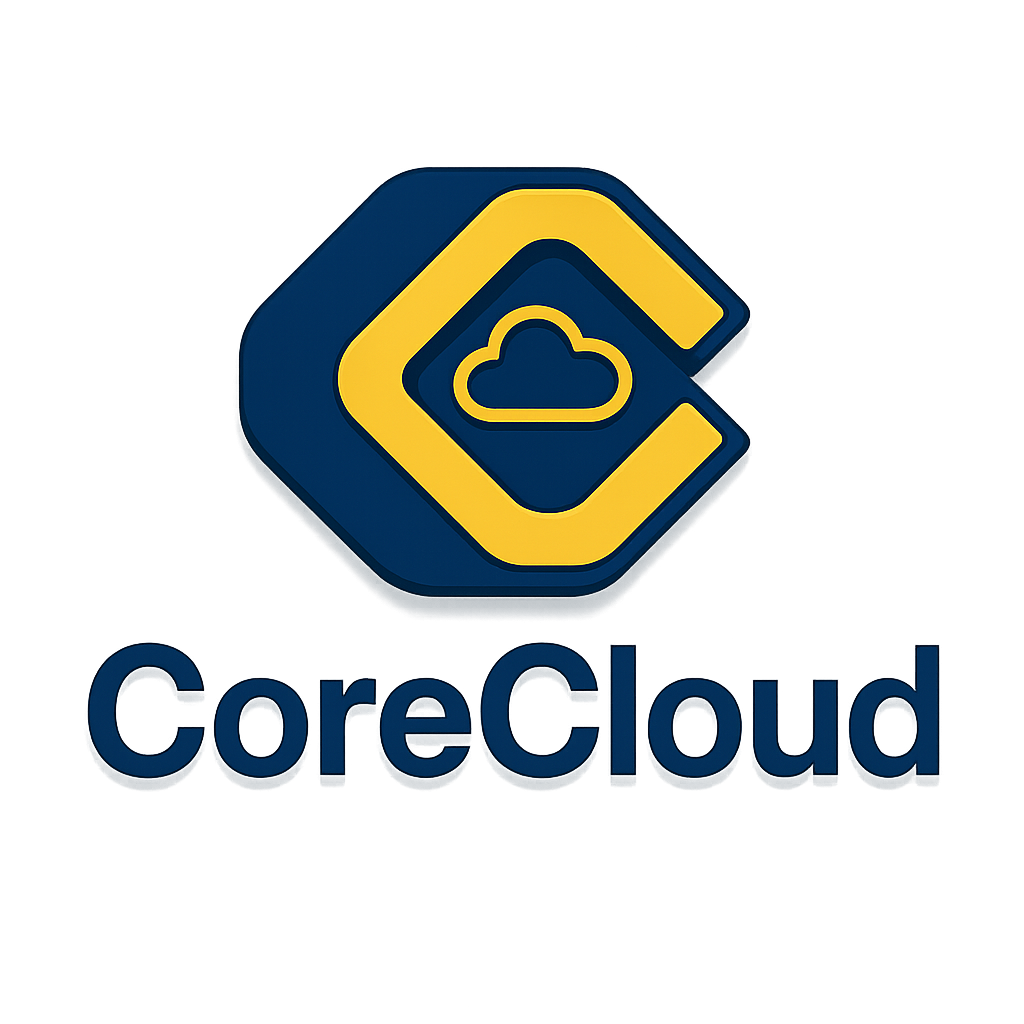Signals You Might Need FinOps Help
- High bill, low elasticity; owners can’t explain this month’s spikes
- Tagging coverage < 70%; budgets exist but no one gets alerted
- Idle storage/IPs/DBs linger because “someone might use it”
- Commitments under-utilised; vendor options unclear
- No single rhythm across cloud, hosted, and on-prem spend
What We Do (Plain Terms)
1) Make spend visible
Clean tags, owners, budgets, anomaly alerts. Unit costs by product/env so teams see the slope and act.
2) Land quick wins
Rightsize hotspots, schedule-to-zero, kill idle/orphaned resources, set storage lifecycle. Savings in days, not quarters.
3) Put guardrails in the background
Policies that enforce themselves — tagging in CI/IaC, budget alerts to owners, exception approvals, showback.
4) Tune architecture & commitments
Fix costly patterns (egress, chatty services). Buy commitments where utilisation is predictable — with guardrails.
30 Days to Visible Savings
- Days 1–5: Baseline run-rate, top 10 spenders, tag coverage; set budgets/alerts.
- Days 6–10: Rightsize & schedule top 5 clusters/VMs; storage lifecycle; remove idle/orphans.
- Days 11–20: Commitment plan (SP/RI/CUD) with utilisation guardrails and approvals.
- Days 21–30: Dashboards live; showback/chargeback; monthly cost WBR started.
We’ll land quick wins without breaking delivery.
Start the baseline & quick winsOperating Cadence (Monthly WBR)
- Run-rate vs budget → deltas → owners → dates
- Anomalies and spikes → RCA → playbook action
- Commitment coverage & utilisation → adjust plan
- Top 5 “next best moves” per team → closed next review
Purchasing & Commitments
We target predictable baseload with Savings Plans/RI/CUDs and leave headroom for change. Guardrails ensure utilisation is tracked and no one over-commits. Vendors are aligned to measurable outcomes, not vanity discounts.
Architecture Levers That Move Cost
- Compute: rightsizing, autoscale, spot/fleet, schedule-to-zero
- Storage: tiering, lifecycle, compression, snapshot hygiene
- Data transfer: placement, caching, peering, CDN; avoid accidental egress
- Patterns: queues/caches to flatten peaks; serverless where it wins
See Cloud foundations and Hosting for venue decisions when hyperscale isn’t the best fit.
Chargeback/Showback That Teams Respect
Owners see what they spend and why. Budgets are enforced in tooling, not email. We report unit costs that map to outcomes (per order/session/model run) and keep the backlog of cost moves short and closed.
Databricks: Quick Wins Without Slowing Delivery
- Right-size clusters & jobs; pools and autoscale with sensible bounds
- Photon where it helps; checkpointing & caching to cut recompute
- Job orchestration to avoid zombie runs; visibility of DBU burn by team
Deep dive: Databricks Cost — Quick Wins.
Results & Benchmarks
FAQ
Will FinOps slow teams down?
No — guardrails run in the background. We prioritise changes that don’t block delivery.
Do we need a cost tool first?
Not to begin. We start with native tooling and add a platform if/when ROI is clear.
How fast to savings?
Most clients see visible run-rate reduction within the first 30 days.

